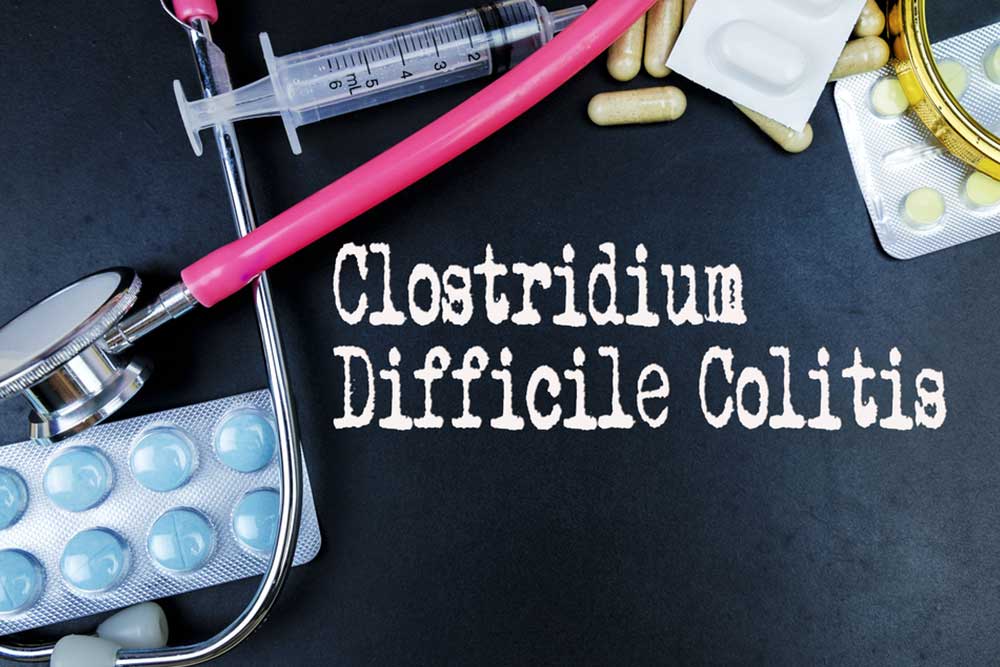Comprehensive Guide to Clostridioides difficile Infection: Causes, Symptoms, Prevention, and Management
This comprehensive guide explores Clostridioides difficile infection, detailing its causes, symptoms, prevention strategies, and management options. Understanding how C. difficile spreads and how to protect oneself is essential, especially in healthcare settings. The article emphasizes hygiene, prudent antibiotic use, and effective treatments like fecal microbiota transplantation, offering valuable insights for patients and healthcare professionals. Preventing C. difficile infection requires awareness and strict infection control measures, making this a vital resource for reducing the disease's impact and ensuring better health outcomes.

Understanding Clostridioides difficile Infection: Causes, Symptoms, Prevention, and Management
Clostridioides difficile, commonly known as C. difficile or C. diff, is a type of bacteria that can cause significant inflammation and irritation of the large intestine, leading to a condition called colitis. This infection has become increasingly prominent in healthcare settings but can also be contracted in the community. Understanding the origins, symptoms, and prevention strategies of C. difficile infection is crucial for healthcare providers, patients, and the general public to reduce its spread and impact.
C. difficile exists naturally in the environment, including soil, water, and air, as well as in waste from humans and animals. The bacteria can be transmitted through ingestion of contaminated food, especially processed meats, or contact with contaminated surfaces and materials. While many individuals can carry C. difficile without developing symptoms—especially if their immune systems are healthy—others, particularly those with weakened immunity, are at high risk of developing severe illness. Antibiotic use is a significant risk factor because it disrupts the balance of healthy gut bacteria, enabling C. difficile to overgrow and produce toxins that damage the intestinal lining.
Symptoms of C. difficile infection can vary widely, from mild diarrhea to life-threatening complications. Common signs include frequent diarrhea, abdominal pain and cramps, fever, and dehydration. In severe cases, the infection may lead to pseudomembranous colitis, which can cause the colon to become inflamed and damaged. If untreated, C. difficile can cause serious complications, including bloodstream infections, toxic megacolon, and even death, particularly among vulnerable populations such as the elderly or those with pre-existing health conditions.
Proper diagnosis involves stool tests that detect the presence of C. difficile toxins. Treatment generally involves targeted antibiotics that specifically eradicate C. difficile while minimizing disruption to gut microbiota. In some cases, fecal microbiota transplantation (FMT) is used for recurrent infections to restore a healthy balance of intestinal bacteria.
Prevention strategies focus heavily on hygiene and infection control practices. Healthcare facilities must adhere to strict cleaning protocols, hand hygiene, and isolation procedures for infected patients. Patients are encouraged to wash hands thoroughly with soap and water, as alcohol-based sanitizers are less effective against C. difficile spores. For the general public, safe food handling and hygiene practices are vital. Additionally, judicious use of antibiotics can help prevent unnecessary disruption of intestinal microbiota, reducing the risk of infection development.
In conclusion, C. difficile infection represents a significant health challenge but can be effectively managed and prevented through awareness, hygiene, and appropriate medical care. Ongoing research continues to improve diagnostic methods and treatment approaches, offering hope for better control of this potentially severe infection.
Clostridioides difficile
C. difficile infection
Colitis
Symptoms and Prevention
Infection Management





